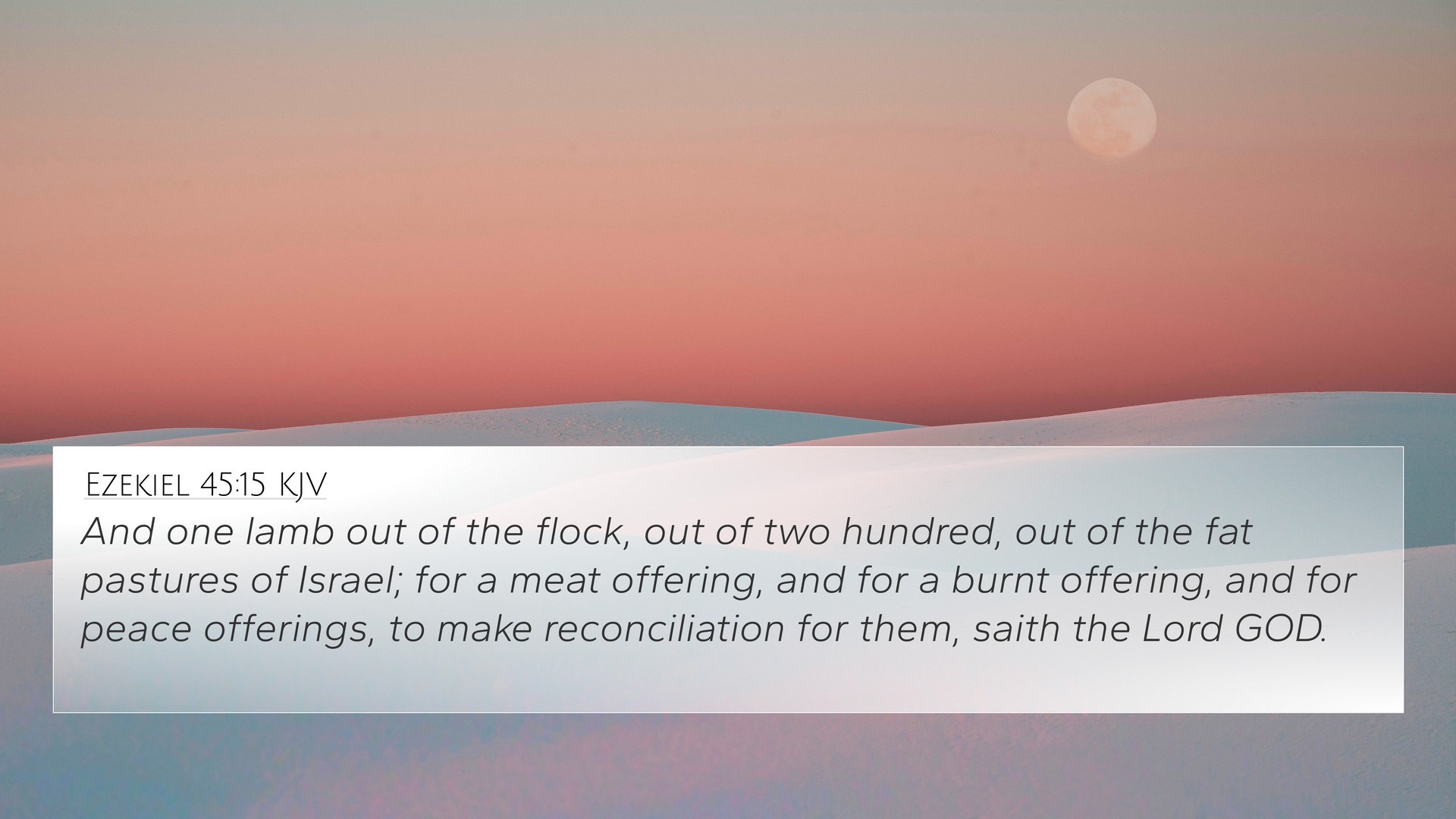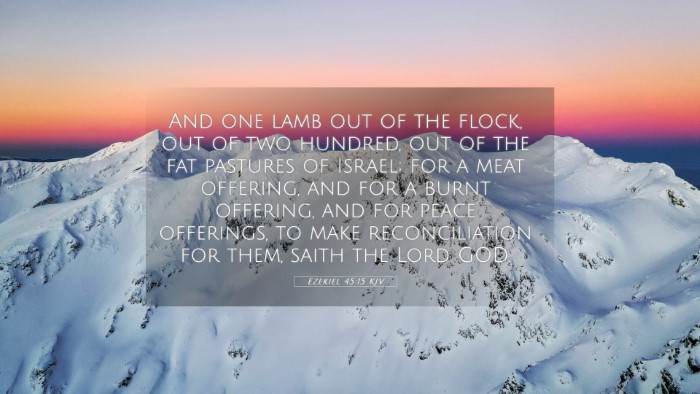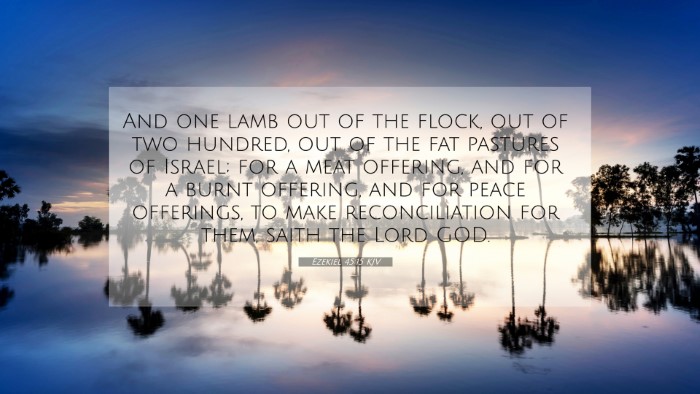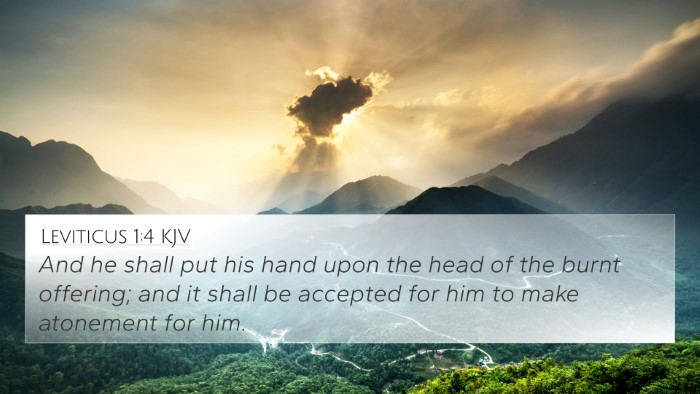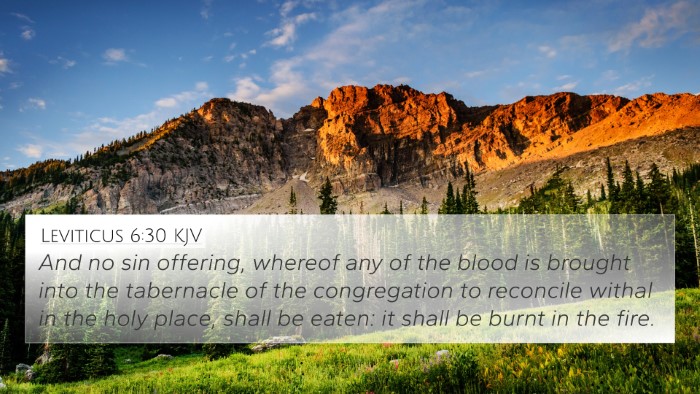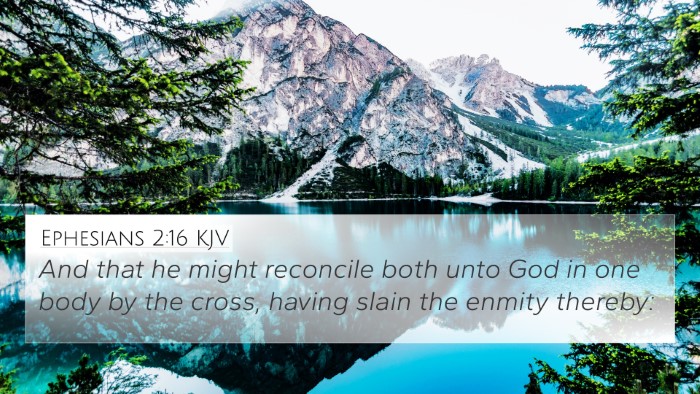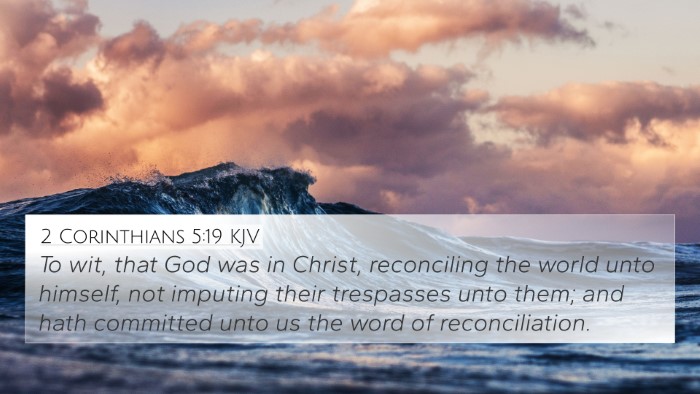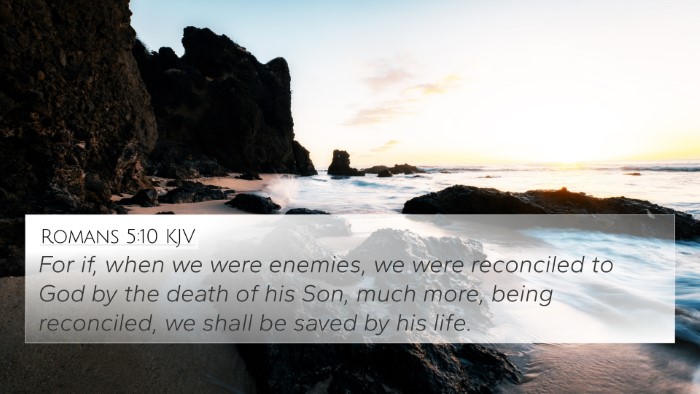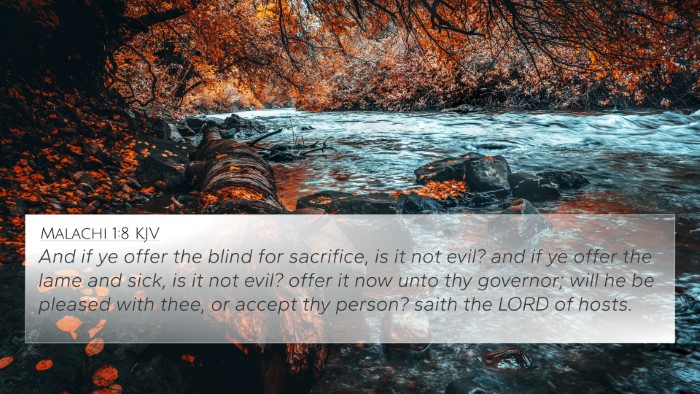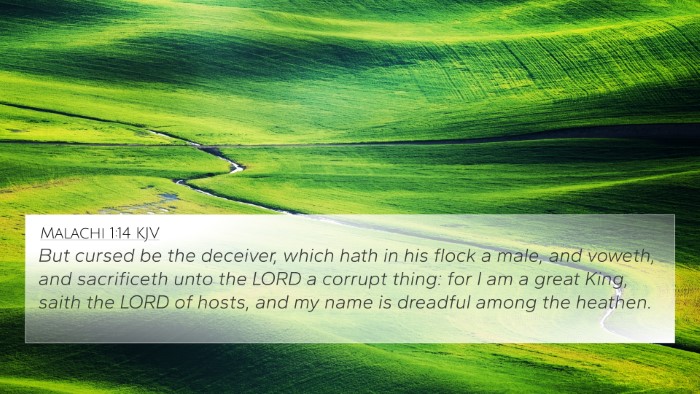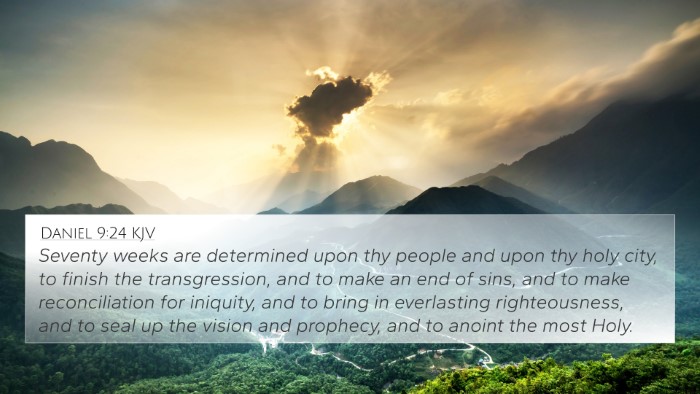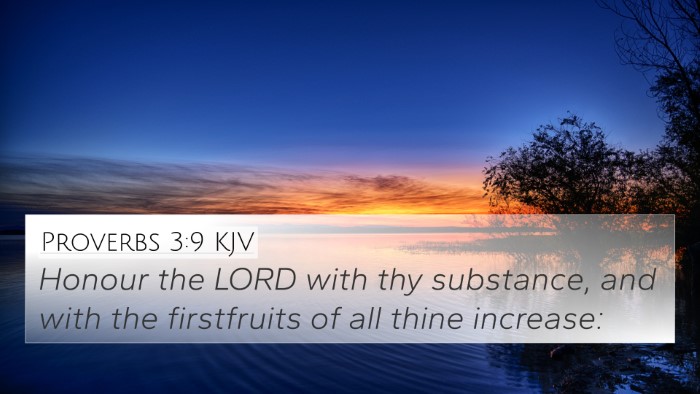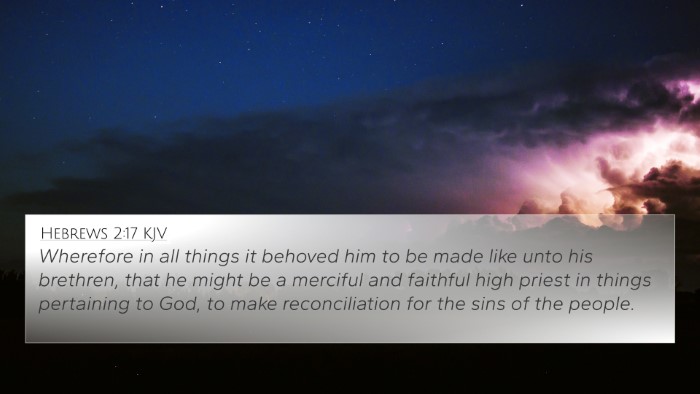Ezekiel 45:15 - Summary and Biblical Interpretation
Ezekiel 45:15 states, "And one lamb out of the flock, out of two hundred, out of the fat pastures of Israel; for a meat offering, and for a burnt offering, and for peace offerings, to make reconciliation for them, saith the Lord GOD." This verse details the offerings specified in the context of the future temple's worship practices. Below is a comprehensive exploration of its meaning, cross-references, and theological implications.
Meaning of Ezekiel 45:15
This verse is part of a larger instruction regarding the restored worship in a future temple, addressing the requirements for sacrifices and offerings. Here, the specific mention of the lamb signifies the importance of Lamb offerings in the sacrificial system of ancient Israel and symbolizes purity and atonement.
Insights from Public Domain Commentaries
Matthew Henry's Commentary
Henry emphasizes the meticulous nature of the sacrificial system and its role in maintaining the covenant relationship between God and Israel. He interprets the lamb offered as a representation of Christ, who is referred to as the Lamb of God, underscoring the theme of atonement that runs throughout scripture.
Albert Barnes' Notes
Barnes highlights the significance of offerings as essential means of reconciliation with God. He notes the lamb’s symbolism in the context of ancient Israel and its connection to both present and future worship practices. Barnes underscores that the sacrifice signifies the people's acknowledgment of their sin and need for divine forgiveness.
Adam Clarke's Commentary
Clarke elaborates on the laws governing sacrifices and offerings, noting that each detail reflects God's order and holiness. He explains how these practices were an integral part of the Jewish faith and how they served as foreshadows of the ultimate sacrifice made by Jesus Christ.
Cross-References Related to Ezekiel 45:15
- Leviticus 1:10: Discusses the burnt offering of a lamb, mirroring the practices highlighted in Ezekiel.
- Isaiah 53:7: Foreshadows the suffering servant, aligning the sacrificial lamb with Jesus Christ.
- John 1:29: Recognizes Jesus as the Lamb of God, fulfilling the symbolism of the lamb in sacrificial offerings.
- Hebrews 9:14: Illustrates the greater sacrifice and cleansing provided by Christ, analogous to the offerings mentioned.
- Romans 12:1: Encourages believers to present their bodies as living sacrifices, connecting New Covenant believers to the sacrificial theme.
- 1 Peter 1:19: Mentions the precious blood of Christ, the lamb without blemish, linking Christ to the sacrificial lamb in Ezekiel.
- Revelation 5:12: Celebrates Christ as the Lamb, establishing continuity from the Old Testament sacrifices to the New Testament revelation.
Thematic Connections and Spiritual Insights
Understanding the sacrificial system presented in Ezekiel 45:15 aids in grasping deeper theological themes such as atonement, reconciliation, and sacrificial love found throughout scripture. Below are significant themes related to this verse:
- Atonement: The lamb symbolizes atonement, essential for reconciling the relationship between God and humanity.
- Reconciliation: The verse emphasizes the role of offerings in seeking to restore harmony with God.
- Holiness and Purity: The requirements for offerings reflect God's holiness and call for purity among His people.
- Foreshadowing Christ: The lamb serves as a type of Christ, whose ultimate sacrifice fulfills the requirements of the law.
Conclusion
Ezekiel 45:15 is an integral part of understanding the continuity between the Old and New Testament themes of sacrifice and atonement. The connections highlighted through cross-referencing establish a rich tapestry of meaning, allowing us to appreciate the depth of God's redemptive plan throughout scripture. This verse invites believers to reflect not only on the historical practices of ancient Israel but also on the profound implications they have for our faith today.
Further Study Recommendations
For those interested in exploring Bible verse connections more deeply, consider utilizing tools like a Bible concordance or Bible cross-reference guide. Engaging in cross-reference Bible study methods can illuminate the rich inter-Biblical dialogues present in scripture, enhancing your understanding of thematic Bible verse connections.
